China # 13 – Xi’an – The Eastern End of the Silk Road – September 2014
Arriving on the outskirts of Xi’an, home of the famous Terracotta Warriors and the official eastern end of The Silk Road, we should not have been surprised to find a sprawling city of snarling traffic and bustling crowds. Finding a hotel for Green with safe parking for us was a challenge, but Green had received some possibilities with phone numbers from Lisa Li at the main NAVO office in Chengdu. It was raining, which made maneuvering in rush hour madness all the more exciting—was it always rush hour in Chinese cities? Our twin Fiamm air horns came in handy. Loud horns are an international language.
Giant Wild Goose Pagoda’s Dancing Fountains
Safely parked, we grabbed our umbrellas and headed for town. First stop was the Giant Wild Goose Pagoda that was built in 652 by Buddhist Xuanzang, a translator and traveler. It has become an important landmark in Xi’an. On the other side of the Pagoda, we came to a beautiful park with spectacular fountains choreographed to music. The rain was ignored.
The Nanshaomen Night Market was tempting us
Dinner was on our mind, so we headed over to one of the many popular night markets, I think it was the Nanshaomen Night Market.
Being at the start of the original Silk Road and near the center of Eastern China, Xi’an has been a melting pot for many of the great Chinese cuisines ranging from Cantonese to spicy Sichuan styles. The choice was a bit overwhelming; from kabobs, noodles to sweet breads, steamed dumplings and pigs’ feet if you wanted to chew on something. If you have never been to a Chinese night market, please check out the photos. We have tried to include captions, but some of the foods were hard to identify. To list the dishes available would be pointless. If you can’t find what you imagined, you will probably find something even better.
Having eaten more that we should have, we strolled back to our parking lot-home, wondering what else this historic city had to offer. Yes, tomorrow we would see the amazing Terracotta Warriors.
- The Giant Wild Goose Pagoda was built in 652 by Buddhist Xuanzang, a translator and traveler.
- Always on the lookout for turtles.
- This beautiful park with a spectacular fountain was choreographed to music. The rain was ignored.
- Statues of Buddhas were impressive.
- Details in the buildings were exquisitely carved, painted and designed.
- So much about the Buddhist religion is shrouded in symbolism.
- Archways were beautifully hand painted.
- A turtle crawling over a pile of money. What does it mean?
- Fierce dragons were common.
- Worshippers would leave money offerings for favors.
- Every Buddha has a different meaning or significance.
- Rain did not stop the throngs of shoppers at the Nanshaomen Night Market.
- We tried many of the unique sweets we had not seen before. Green knew about some of them.
- Mountains of walnuts were on sale.
- Walnuts being toasted.
- Taffy style candy is being prepared.
- Roasted ground walnuts are being pounded into the “rope” of taffy style candy.
- The walnut candy is being cut into bitesize pieces.
- From dried fruits to soups and noodles, the variety was amazing.
- Dried kiwi slices
- Dried persimmons
- Fresh pieces of heart and liver on a skewer were a favorite.
- Every kind of shish kebab you can imagine were prepared fresh.
- The variety of homemade coal or charcoal burning devices for steaming and cooking were a show by themselves.
- Many of the different foods were steamed.
- Vegetable and meat-filled dumplings were all cooked with steam.
- We were not too fond of steamed white bread.
- Steamed white bread.
- Flat bread and sweet pastries were also part of the food parade.
- This might be a moon cookie.
- Duck eggs were a specialty. Some ducks must lay black eggs??
- Actually, they are called Pidan or 1000-year-old eggs (among other names) and are considered a delicacy.
- Barbecued pigs’ feet and pig bones were ready to gnaw on.
- Nothing goes to waste.
- Barbecued chicken seasoned with spicy sauce and sesame seeds looked tasty.
- Tripe, (the edible lining from the stomachs of various farm animals), was not one of our favorites.
- Pig head skins. A snout or an ear anyone?
- Looking for a new pair of shoes, or a souvenir, or a Christmas tree ornament, or maybe just a snack for the road — It was all there.
- Chairs are not the norm in China, and this is why.
- Taking a break, with all this food it can make you hungry.
- This way of eating is very common in China.
- The street sweepers were busy keeping the market pretty clean.
- Off the main drag life slowed down a little.
- A rolling mini market.
- Strange vents on this wall all had covers and locks?? Mail boxes??
- A little kiosk sold everything you forgot to buy in the market.
- This metal smith was busy working out of his garage.
- And after all that, YES, a cup of coffee at KFC. Who would have guessed?
- The nightlights of Xian were a far cry from its early days of the Silk Road era that began during the Han dynasty around 200 BCE (BC). For several centuries, the over 4,000-mile trail became the most important trade route between Asia and Europe.



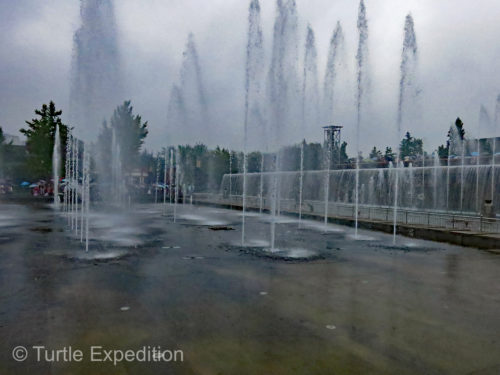
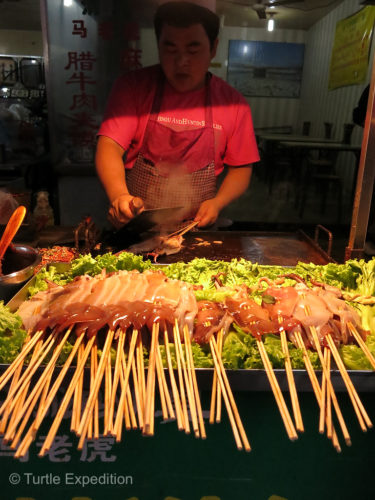
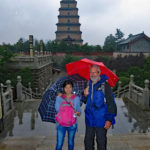
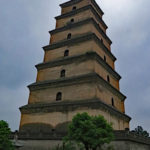
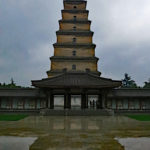
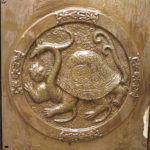
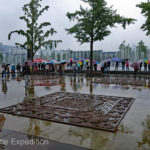
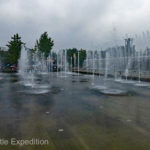
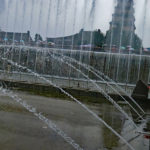
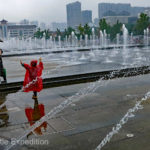
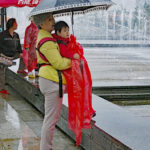
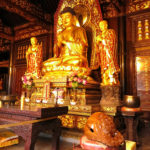
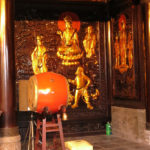
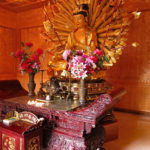
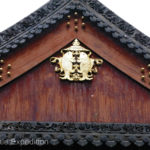
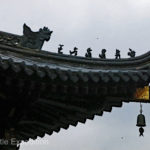
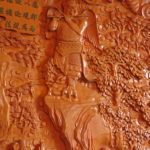
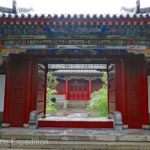
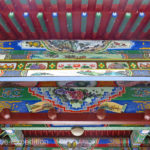
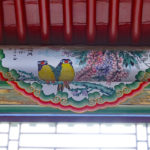
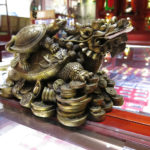
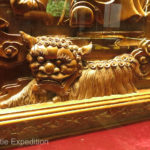
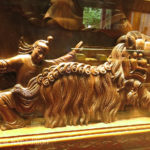
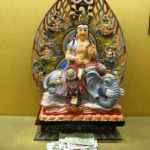
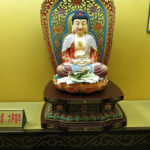
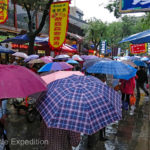
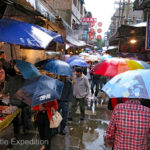
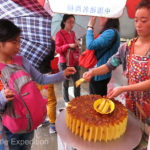
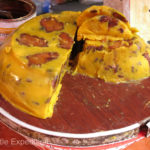
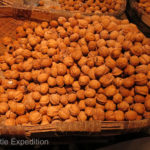
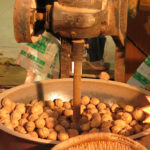
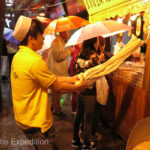
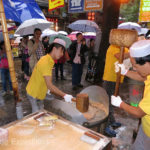
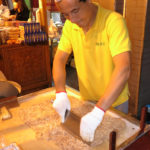
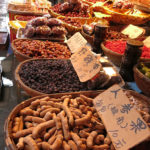
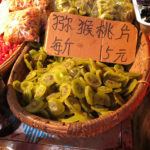
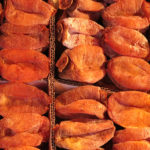
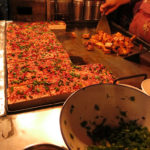
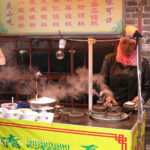
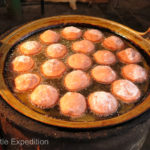
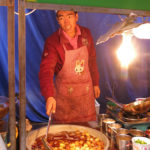
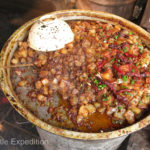
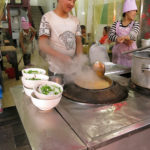
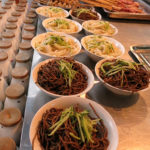
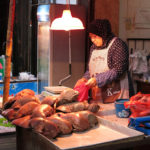
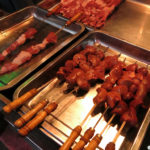
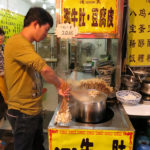
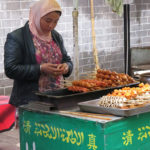
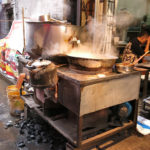
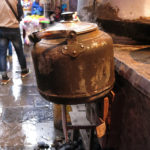
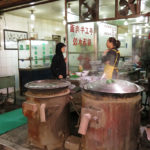
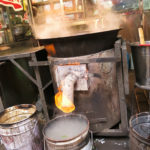
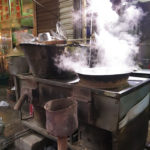
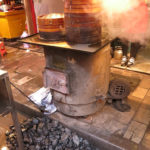
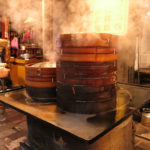
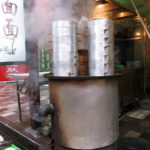
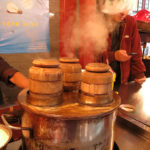
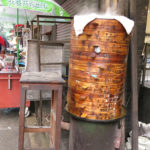
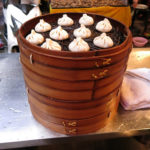
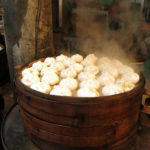
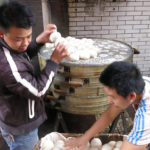
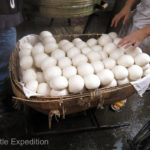
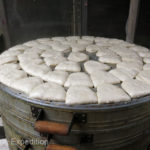
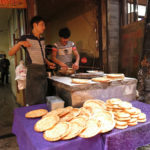
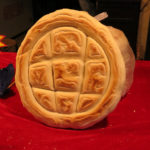
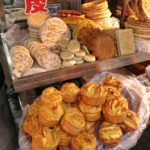
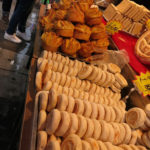
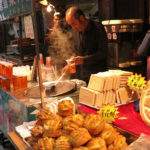
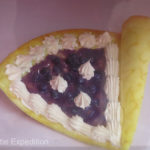
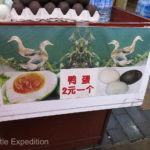
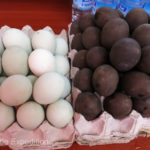
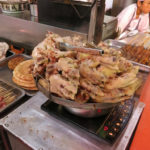
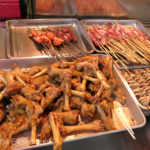
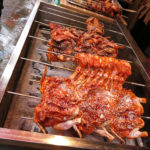
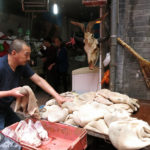
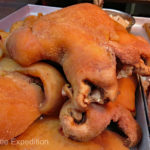
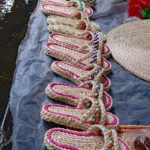
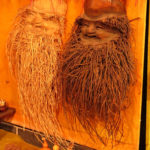
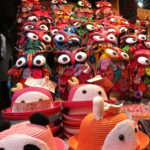
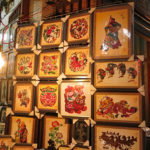
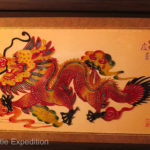
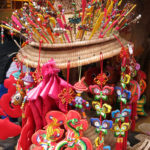
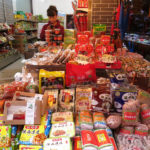
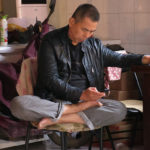
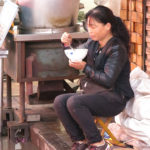
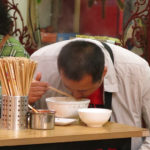
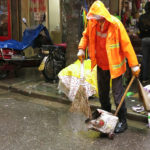
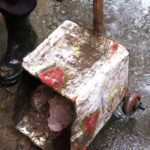
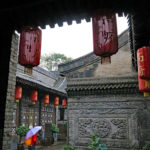
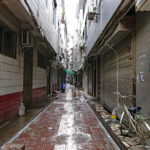
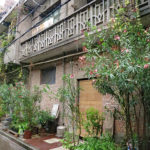
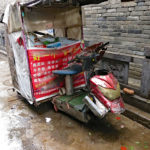
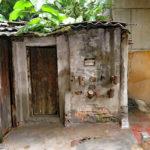
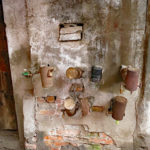
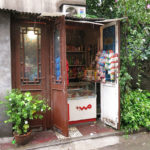
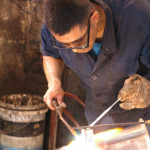
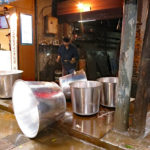
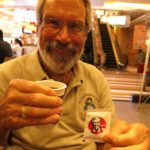
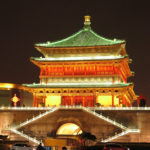





What is currently on the horizon as of 7/27/2018 for the Turtle V? (Just Curious?)
We are getting ready for South America!